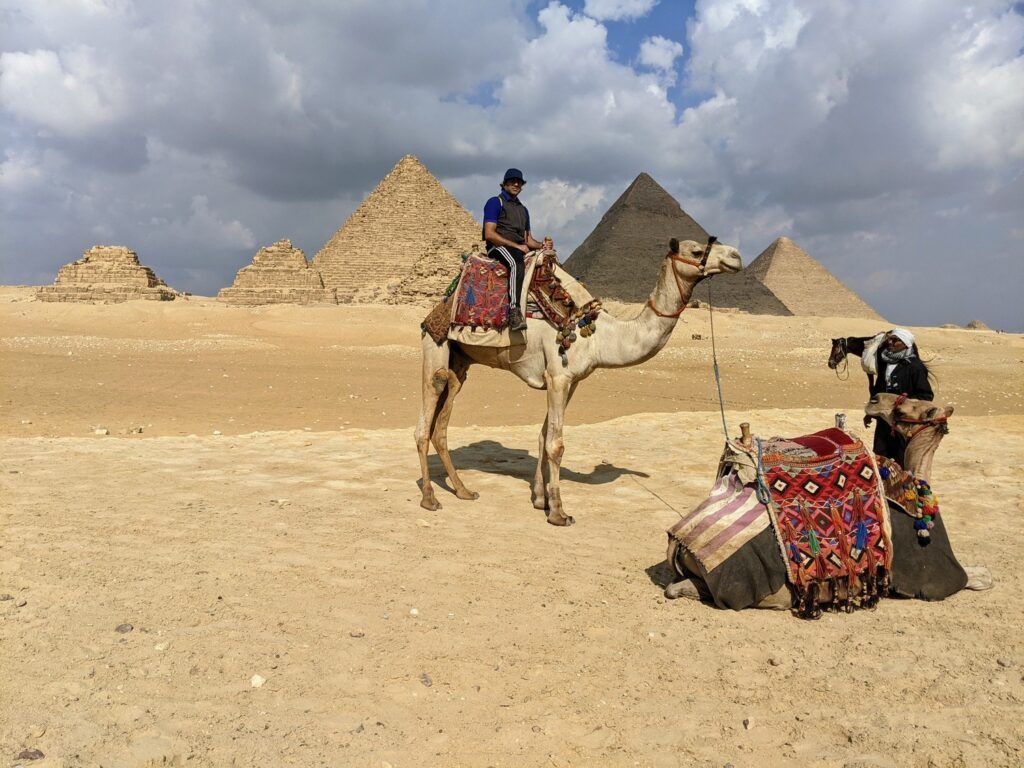Dominica, not to be confused with the Dominican Republic, the nature island, is not easily accessible via the mainland United States. The airport is small and only propeller planes can land there. The island is beautiful and is one of the few Caribbean islands with a rainforest. It is known to have 365 rivers. The currency is East Caribbean Dollar (1 USD = 2.7 XCD). The USD has full acceptance, though. Kalalau is the national dish. It’s a soup made from Dakshin, and I would recommend trying it out. Public transport is better than most other islands but is still limiting if your itinerary is jam-packed. There are two towns, Roseau and Portsmouth. I would recommend staying in Roseau if you don’t have a rental car since most tours, taxis, and buses depart from there. Most good activities are on the south side of the island. The south faces the calmer Caribbean Sea while the north side faces a more turbulent Atlantic Ocean. Things to do Boiling Lake - a 6-hour round-trip hike on a well-marked trail. It starts at Laudat, the highest village on the island. You can either take a 50 EC$ taxi or a 5 EC$ public bus from the Botanical Gardens. There is a “breakfast river” stop one hour into the hike where you can refill water bottles. The temperature at the center of the lake is about 400ºC, while at the edges is 80ºC. Victoria Falls - The most beautiful falls on the island. It has an excellent natural swimming pool. It has a bit convoluted of a hike that involves crossing a river four times. So, it is hard to do this without a guide. Wavine Cyrique Falls - The falls themselves are not extraordinary, but the hike to the falls is pretty intense and involves climbing down a ladder on the cliff along with a cliff hike.
...




